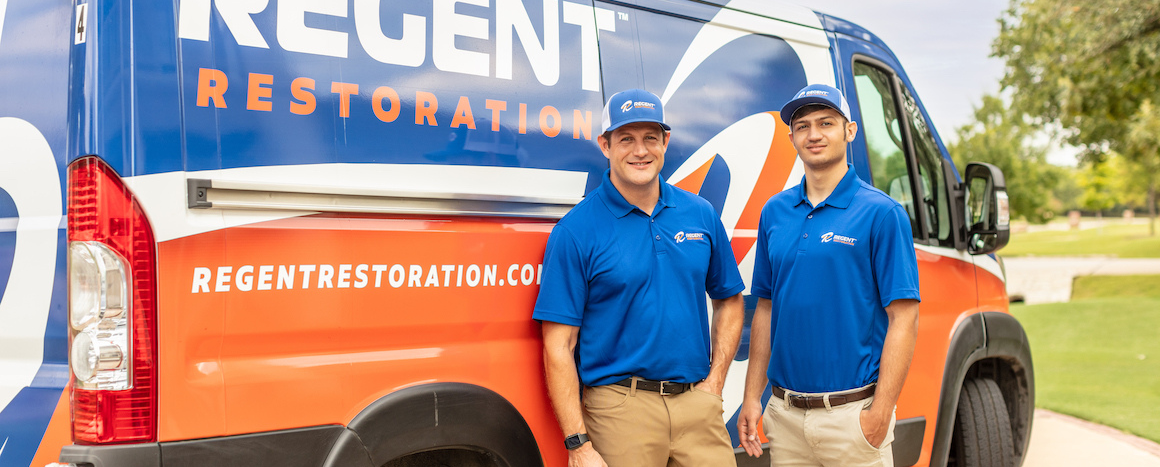Key Actions for Effective Mold Removal and Remediation
When mold is detected in a building, the immediate response for most people is to remove it. While that's an excellent first step, it's only fully effective if combined with mold remediation. The point to note is that mold removal is just one part of the remediation process, which is only effective when both are integrated through a series of critical actions. Below are some of these actions to help you fully understand this aspect.
Action 1 - Inspection and Assessment
Whenever you call Regent Restoration for mold removal and remediation, our first action is to inspect and assess the problem; this action involves identifying the source of moisture and evaluating the extent of mold infestation. We check using manual inspection tactics and leveraging various technologies in our toolkit. Our inspection and assessment process is thorough because it is crucial to achieve the desired results.
Action 2 - Containment
You should assess the severity of mold spread next. It is crucial to contain the affected area by sealing off vents and doors with plastic sheeting. We also use negative air pressure to prevent possible spores migration. Containment is as crucial as any other mold remediation action, especially when dealing with large infestations or toxic mold types.
Action 3 - Filtration
Understanding that mold spores are ubiquitous allows us to remove as much of it as possible from your home. This is where filtration comes into play in our mold removal and remediation process. Filtration lets us capture and remove airborne mold spores using specialized tools like HEPA (High-Efficiency Particulate Air) filters. This action helps us capture airborne spores and improve air quality.
Action 4 - Removal of Affected Materials
After filtering the air within the affected area, the next step is removing the affected materials. This helps us prevent mold from re-establishing itself within the area. So, it is important to remove all affected materials and begin potent antifungal and antimicrobial treatments to prevent the formation of new mold. In cases where the mold problem is severe, we remove porous materials like carpets and drywalls.
Action 5 - Sanitization
Once the affected area has been remediated, we will sanitize it and everything in the space. The significance of this action in our mold removal and remediation process is to eliminate residual contaminants by disinfecting surfaces to remove underlying bacteria and other harmful microorganisms. So, we prioritize furniture, clothing, curtains, and other items we can restore within the space or home at large.
Action 6 - Full restoration
Depending on your need, we also help in the restoration process. We will work with contractors to replace drywall and carpets, install new ones, or repaint affected areas. This action helps restore the pristine allure of the affected space, allowing occupants to get back to enjoying the space like they used to. This action completes our effective restoration process.
Are You Dealing With Mold Infestation in Your Dallas Property? Regent Restoration is Here to Help!
Mold removal is necessary, but an effective restoration of the affected area requires a combination of removal and remediation. Getting the best professionals to do this is crucial to achieving the desired results. Contact Regent Restoration today!

